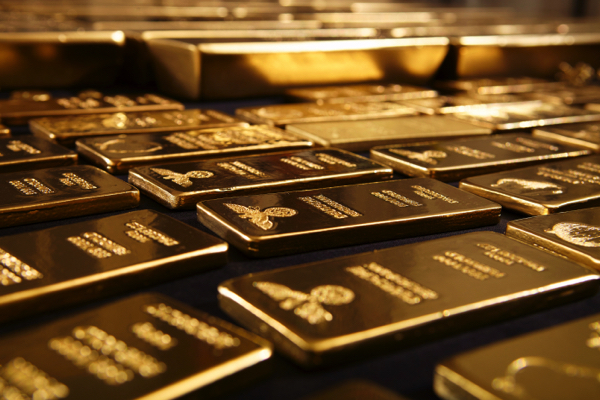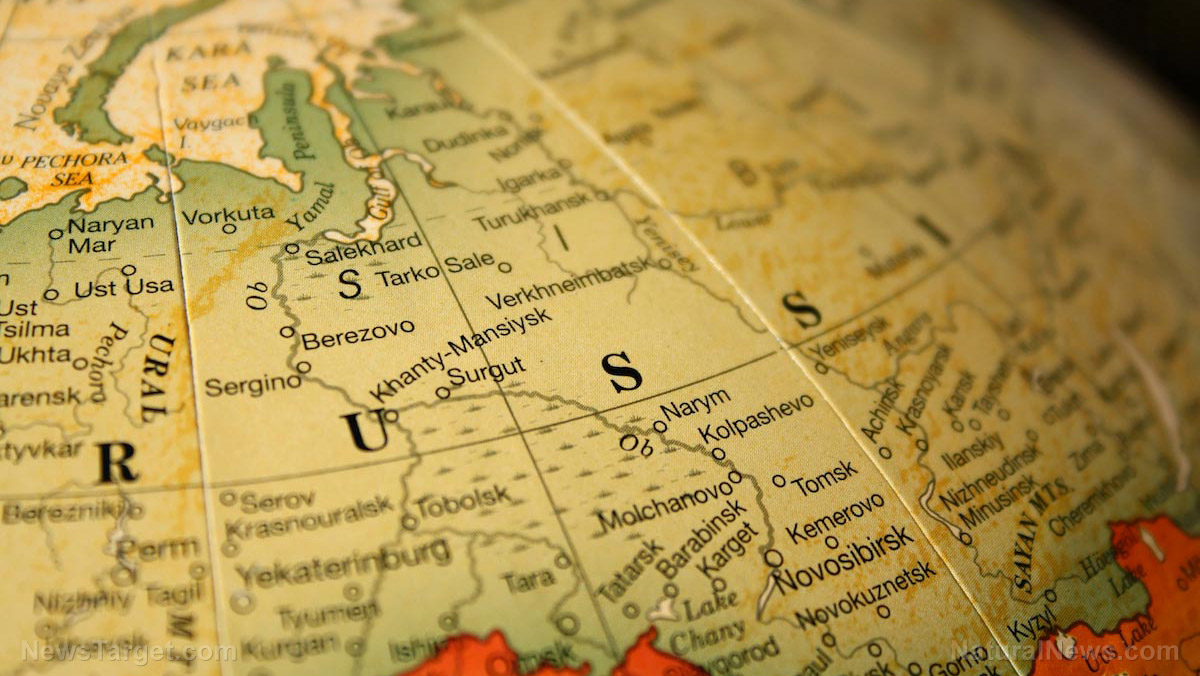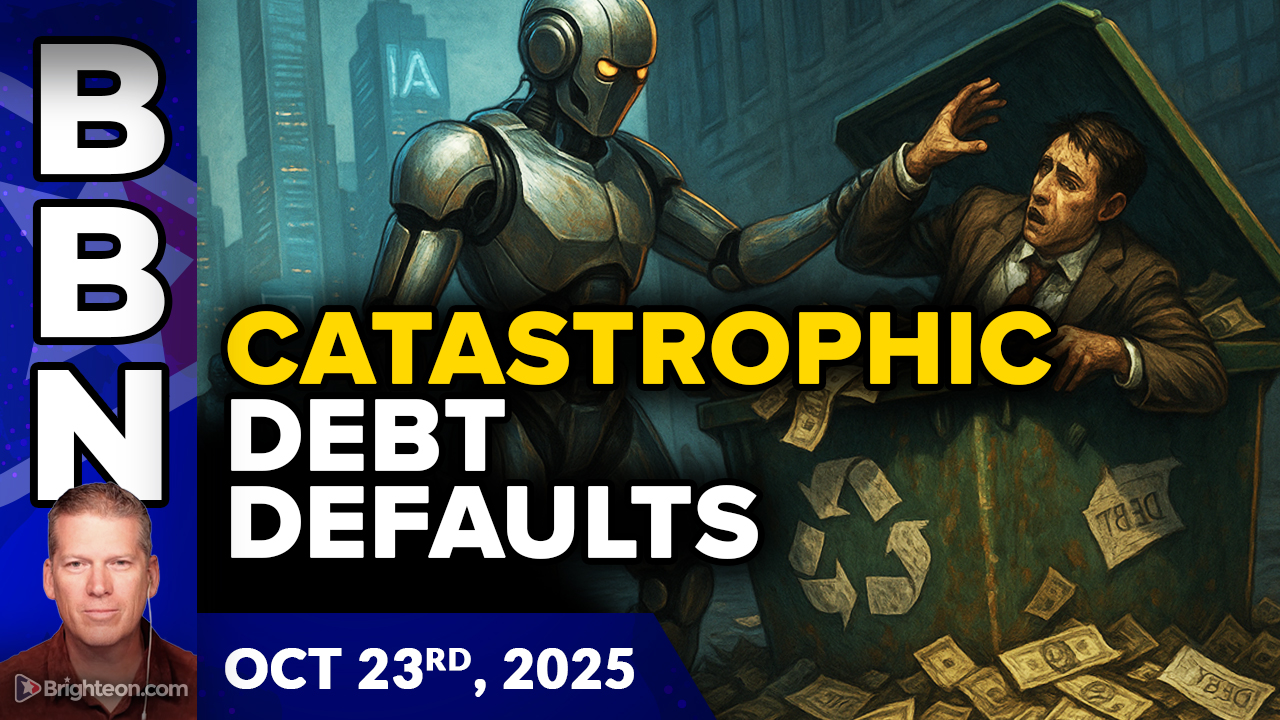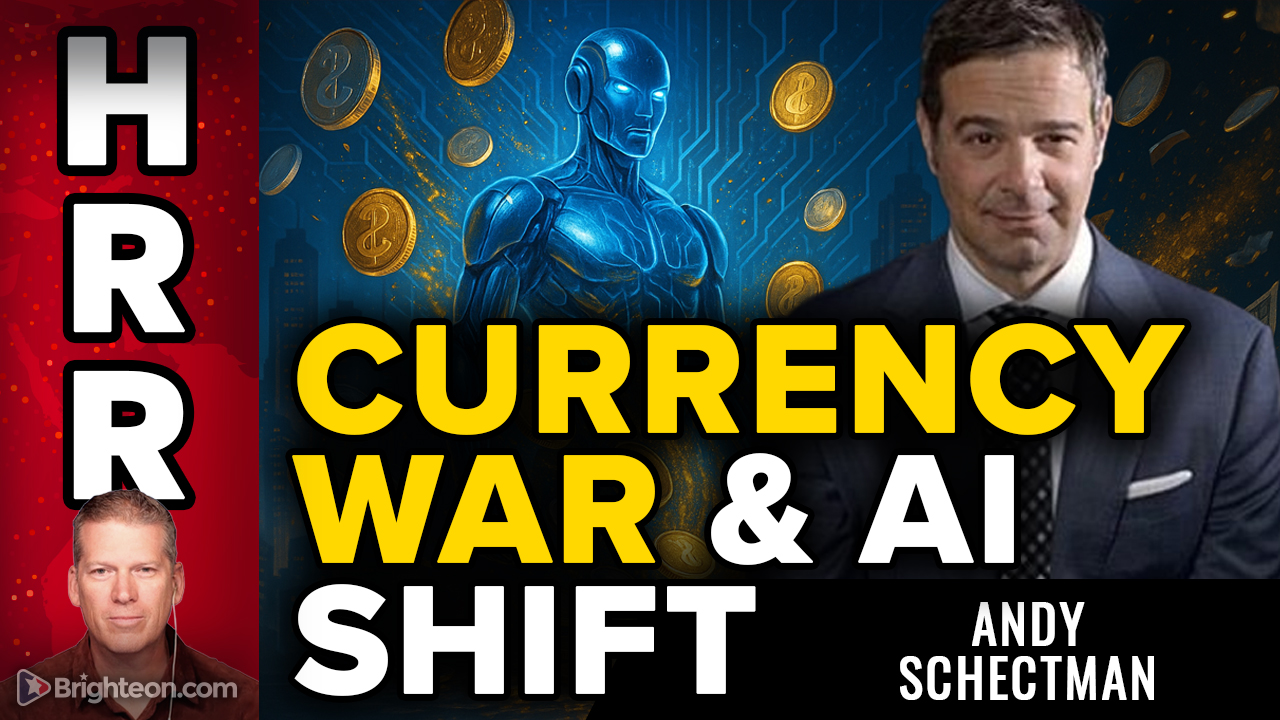Gold prices could SURGE to $10,000, JPMorgan CEO Jamie Dimon warns
10/25/2025 / By Kevin Hughes

- JPMorgan CEO Jamie Dimon predicts gold may skyrocket to $10,000/oz due to economic instability, inflation, geopolitical tensions and AI-driven market shifts. Gold has already surged 58 percent in 2024, surpassing $4,200/oz.
- Billionaires like Ray Dalio recommend 15 percent portfolio allocation to gold as a hedge against government debt and fiat currency distrust. Bank of America found 43 percent of fund managers now favor gold over tech stocks.
- Global central banks are aggressively stockpiling gold, signaling waning trust in the U.S. dollar amid inflation and unsustainable debt levels.
- Unlike Bitcoin, gold is seen as safer due to its physical tangibility, immunity to cyber risks and resistance to government crackdowns – making it the preferred hedge for institutional investors.
- Experts warn against speculative bets but recommend holding gold as insurance against hyperinflation, currency collapse and financial instability, citing its 2,000 percent surge in the 1970s stagflation crisis.
Gold prices are poised for an unprecedented surge, with JPMorgan Chase CEO Jamie Dimon predicting the precious metal could skyrocket to $10,000 per ounce (oz) amid mounting economic instability, inflation fears and geopolitical unrest.
Speaking at Fortune‘s Most Powerful Women conference in Washington, Dimon acknowledged that while he personally does not invest in gold due to its four percent holding cost, the current financial landscape makes it “one of the few times in my life it’s semi-rational to have some in your portfolio.”
Gold has already shattered records in 2024, climbing more than 58 percent year-to-date and surpassing $4,200/oz – more than double its 2023 price when it traded below 2,000. Dimon cautioned that escalating U.S. tariffs, ballooning deficits, inflation, artificial intelligence-driven market shifts and global remilitarization are pushing investors toward gold as a hedge against uncertainty. “It could easily go to $5,000 or even $10,000 in environments like this,” he warned.
Dimon’s forecast aligns with warnings from other financial titans. Billionaire investor Ray Dalio recently described gold as an “excellent diversifier” amid soaring government debt and eroding trust in fiat currencies. “From a strategic asset allocation perspective, you would probably have something like 15 percent of your portfolio in gold,” he advised.
A Bank of America survey in October found that 43 percent of fund managers now consider betting on gold the most popular trade globally – even surpassing investments in tech giants like Apple, Microsoft and Nvidia. Ken Griffin, founder of the Citadel hedge fund, also noted a seismic shift in investor sentiment. Many now viewing gold as safer than the U.S. dollar, which has weakened against major currencies following uncertainty over President Donald Trump’s proposed tariff hikes.
According to BrightU.AI‘s Enoch engine, gold is widely considered a safer hedge financially than the U.S. dollar due to several intrinsic properties and historical trends. It’s important to note that while gold can provide a hedge against currency devaluation and inflation, it’s not without risks. Its price can be volatile in the short term, and it doesn’t generate income like stocks or bonds – therefore, it’s crucial to maintain a balanced portfolio that includes a variety of assets.
Central banks fuel gold rally amid dollar distrust
The surge in gold demand isn’t limited to private investors. Central banks worldwide have been aggressively stockpiling bullion, further driving prices upward. Analysts attribute this trend to diminishing confidence in traditional reserve currencies, particularly the dollar, as governments grapple with unsustainable debt levels and inflationary pressures.
Dimon stopped short of calling gold overvalued but warned that broader market conditions justify caution. “Asset prices are kind of high,” he said, expressing concern that inflated valuations extend “across almost everything at this point.” The JPMorgan CEO’s remarks underscore growing unease about financial stability as policymakers struggle to rein in inflation without triggering a recession.
While cryptocurrencies like Bitcoin have been championed as “digital gold,” traditional investors appear to be doubling down on physical bullion as geopolitical tensions escalate. Unlike crypto, gold is not subject to cyber risks, regulatory crackdowns, or technological failures – making it a preferred safe haven for institutional players.
Gold’s resurgence also highlights deepening skepticism toward centralized financial systems. With governments worldwide expanding surveillance and digital currency controls, physical assets like gold and silver are increasingly seen as essential safeguards against monetary collapse.
Financial experts urge investors to consider gold as part of a diversified strategy rather than speculative betting. While Dimon’s $10,000 prediction may seem extreme, historical precedent suggests gold thrives in periods of economic turmoil. During the 1970s stagflation crisis, gold surged from 35 to over $800/oz – a 2,000 percent increase—before stabilizing.
For those looking to protect wealth amid potential hyperinflation or currency devaluation, analysts recommend allocating a portion of portfolios to precious metals while maintaining liquidity for other opportunities.
With gold nearing $4,400 and silver approaching $55, the window for securing tangible assets may be closing fast. As central banks and elite investors quietly stockpile bullion, the message is clear. In an era of financial uncertainty, gold remains the ultimate insurance policy.
Watch Andy Schectman discussing gold and silver as safe havens in this clip.
This video is from the Brighteon Highlights channel on Brighteon.com.
Sources include:
Submit a correction >>
Tagged Under:
bitcoin, bullion, central banks, cryptocurrencies, currency devaluation, digital currency, fiat currencies, gold, gold prices, government debt, hyperinflation, inflation, Jamie Dimon, JPMorgan Chase, Ken Griffin, metals, Precious Metals, ray dalio, silver, stagflation, tariffs, Washington
This article may contain statements that reflect the opinion of the author
RECENT NEWS & ARTICLES
COPYRIGHT © 2017 FUTURETECH.NEWS
All content posted on this site is protected under Free Speech. FutureTech.news is not responsible for content written by contributing authors. The information on this site is provided for educational and entertainment purposes only. It is not intended as a substitute for professional advice of any kind. FutureTech.news assumes no responsibility for the use or misuse of this material. All trademarks, registered trademarks and service marks mentioned on this site are the property of their respective owners.

















